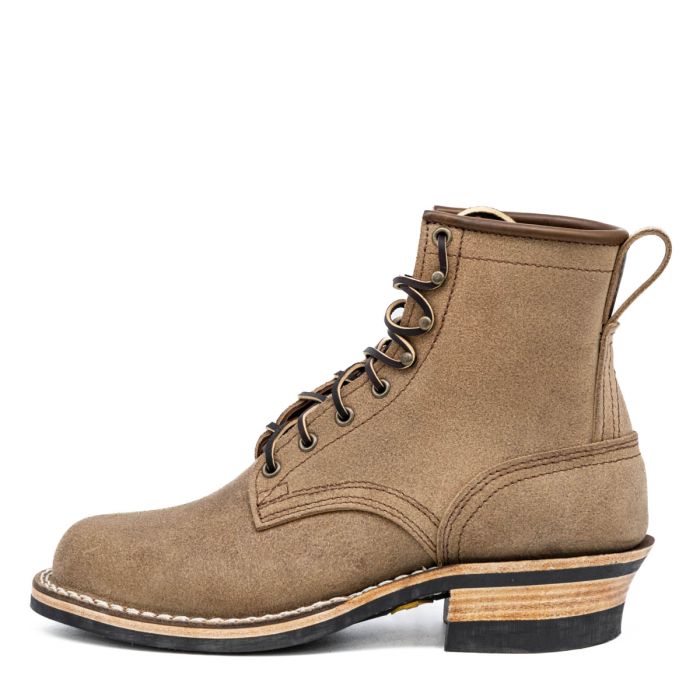Brian SD
Moderator
- Joined
- Feb 5, 2004
- Messages
- 9,492
- Reaction score
- 128
Good points Geowu, and I'll add that while they do value the imperfections, they value the natural, historical and traditional imperfections. 45rpm Jomons are hand-made, and are hand rope-dyed with indigo many times (this is why the price is so high, basically). So while they accept , and appreciate hte imperfections that the vintage machinery causes, the attention to detail in the hardware, the hand-felled inseams, and the stylistic intricacies (even the stitching on the back pockets is seriously unique, as simple as it may be) is second to none.
Consider this: Rag&Bone and 5EP jeans, which are American brands and their first market is domestic, are sold around $275-$325 per pair.
They are made with synthetic (although a wonderful color) indigo. Consider Jomons on that same level - perfection in workmanship, but with hand, rope-dyed natural indigo. Does the process warrant a premium of $300? Truthfully, I cannot answer that. But most natural indigo jeans that are dyed with such care and so many dips cost at least $500.
Consider this: Rag&Bone and 5EP jeans, which are American brands and their first market is domestic, are sold around $275-$325 per pair.
They are made with synthetic (although a wonderful color) indigo. Consider Jomons on that same level - perfection in workmanship, but with hand, rope-dyed natural indigo. Does the process warrant a premium of $300? Truthfully, I cannot answer that. But most natural indigo jeans that are dyed with such care and so many dips cost at least $500.



